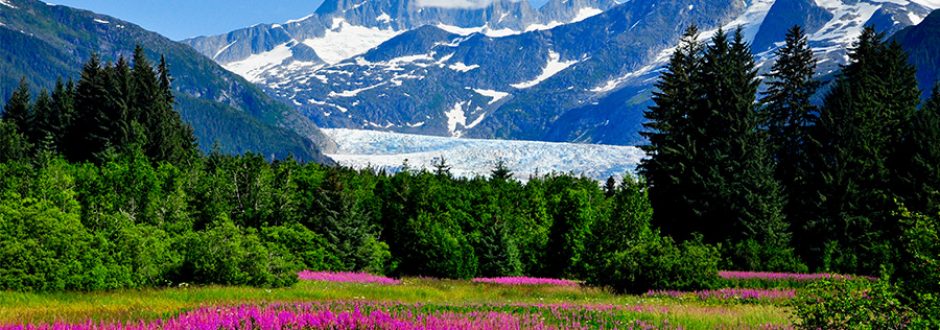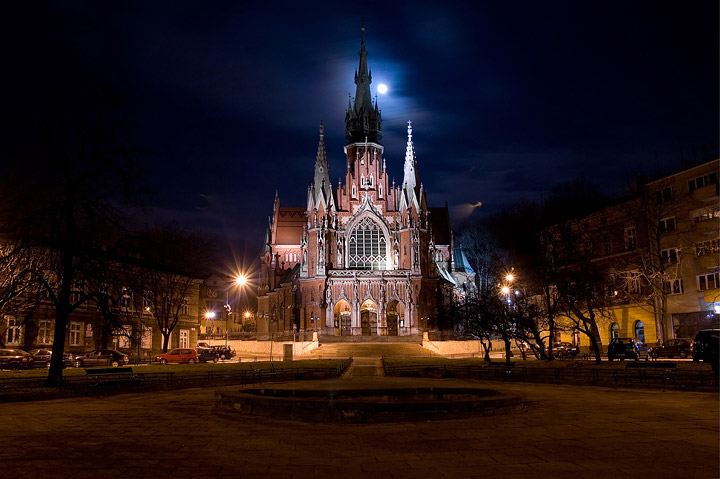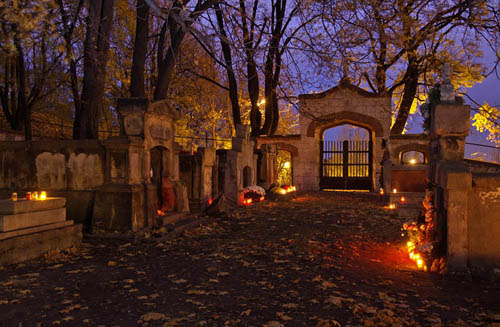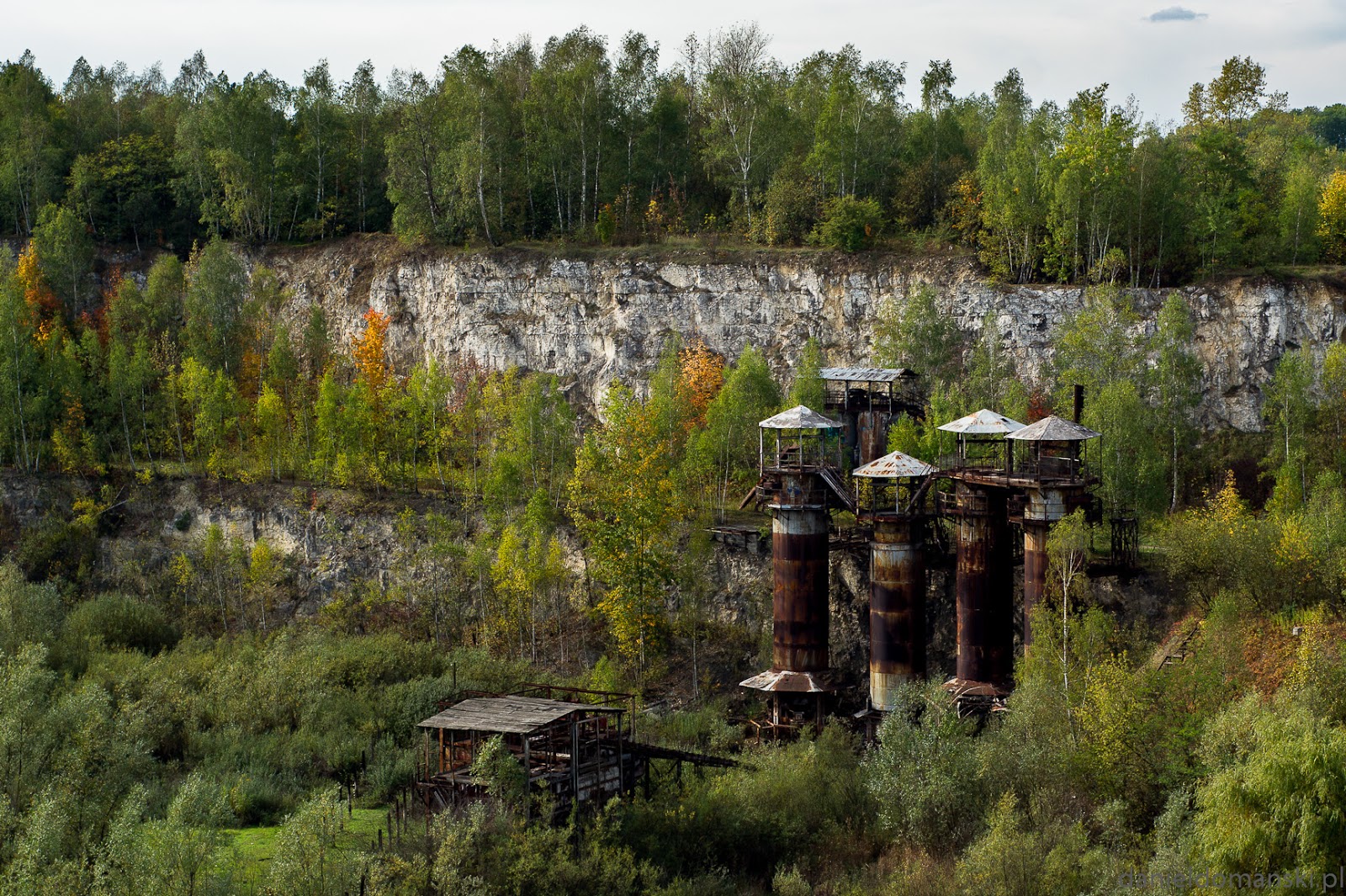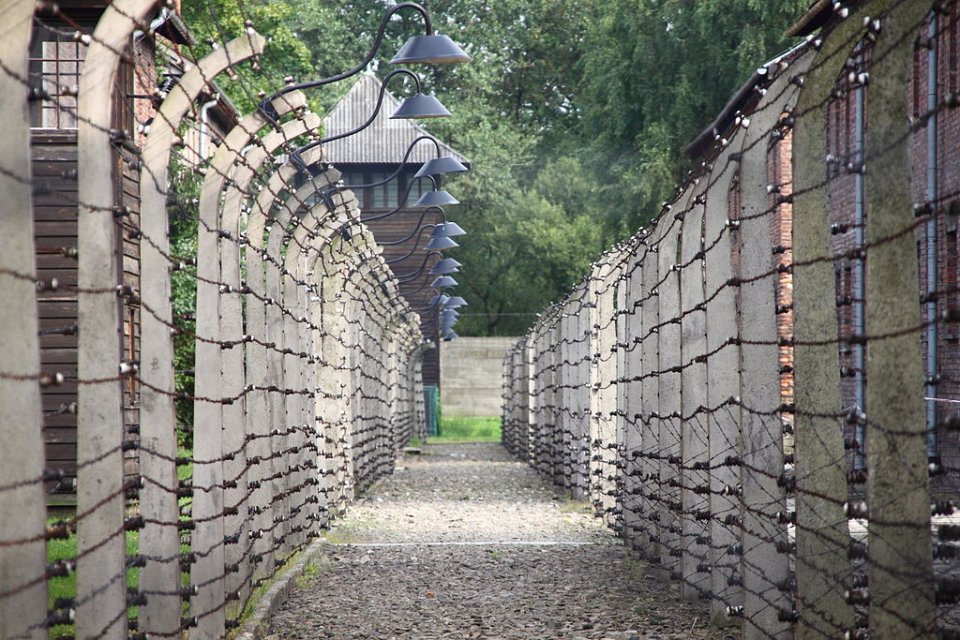My Euro trip is still going on. This time it will be a bit atypical, because I will visit the city my grandfather run away from during II World War. It’s Krakow in south of Poland. Although it’s beautiful and really interesting medieval city, I had to focus on one issue- Holocaust. I would love to see all the museums in Krakow but I simply didn’t have enough time, because I booked my Romania trip and had only 3 days to spend in the royal city. So I have decided to visit Schindler’s Factory, Podgorze District ( former Jewish ghetto), former Krakow- Plaszow concentration camp and I booked an Auschwitz tour.
Fortunately, I had one free evening to walk around the city center. I saw Krakow attractions located on the Main Square and around famous Wawel Castle ( including huge dragon breathing fire). I guess still many people don’t know what happened in Poland during Nazi occupation. Everyone heard something about concentration camps in Krakow, about massive murders… How does it really looked like? Who was sent to concentration camps and why? Let’s trace Holocaust- genocide in which around six million European Jews, Slavs and Gypsies were killed.
Concentration camp in Krakow
In 1941 in Krakow Jewish Nation was forced to leave their houses, register in ghetto and had to stay there until selection. Some of them were sent to Auschwitz, the rest could temporarily work in Krakow. The wages were really low and the conditions were difficult. Their properties were confiscated and they had to wear armband, so that everybody knew they were Jews. This are was surrounded by walls which reminded Jewish tombstones – matzevot. The windows facing the ,,Aryan” side were shut. Two years later, in 1943 ghetto was closed. Those, who were able to work were placed in camps in Plaszow- another district in Krakow. For those who were not, waited transport to Auschwitz. Some were killed in the ghetto. From 70 thousands of Krakow Jews only one thousand survived the war.
Discover Krakow Podgorze and Plaszow districts
What to see in Podgorze and Plaszow districts:
-
The Eagle Pharmacy– Tadeusz Pankiewicz’s Pharmacy in Krakow Ghetto commemorated the victims of the Holocaust. The owner of the Pharmacy was honored the title of a Righteous among the Nations. The exhibition in the museum will tell you about everyday reality of the ghetto. Pankiewicz was the only non-Jewish in the ghetto and did his best to help them.
- A prominent stretch of the wall on Lwowska street with the ghetto walls
- Schindler’s Factory Museum- really interesting modern musuem in former factory of a metal items. It tells us a thrilling story of German investor, who risked his life to save his workers. It became famous after Steven Spielberg movie Schindler’s List.
- Liban Quarry– dilapidated replica of the Nazi’s Plaszow Labor Camp. Prisoners of the labor camp worked in the limestone quarry and were murdered on the site the replica now stands on.
- Plaszow concentration camp erected on the grounds of two former Jewish cemeteries. Forced labor camp was notorious for horrible terrors. The idea of the camps was extermination through labor.
- 33 chairs-monuments and 37 chairs on Plac Bohaterow Getta ( Heroes of the Ghetto Square). They remind empty hairs that stayed after liquidation of ghetto. And they stand in rows, just like in the rows of steel ghetto residents on the appeal.
Trip to Auschwitz Concentration Camp
I also decided to book Auschwitz tour. In polish Oswiecim- a town around 40 km from Krakow. My visit in Auschwitz Concentration Camp was really moving. I think it’s important history lesson and a warning to all the nations. Probably most of the people choose different Krakow attractions, but I think it was the best I could choose. All in all my trip to Krakow was short but told me a lot about history of XX century in Europe. I understand now why my grandfather had to emigrate and I’m glad he did that. I even went to see his former tenement house ( which is actually really nice and still exists). I recommend Krakow to everybody.
